Welcome! If you love wearing rings but constantly struggle with them slipping off or getting in the way, this blog post is for you. We all know how frustrating it can be when our favorite ring doesn’t fit quite right or causes discomfort throughout the day. But fear not because this post will discuss an effective solution to these common ring woes – adjusting ring sensitivity.
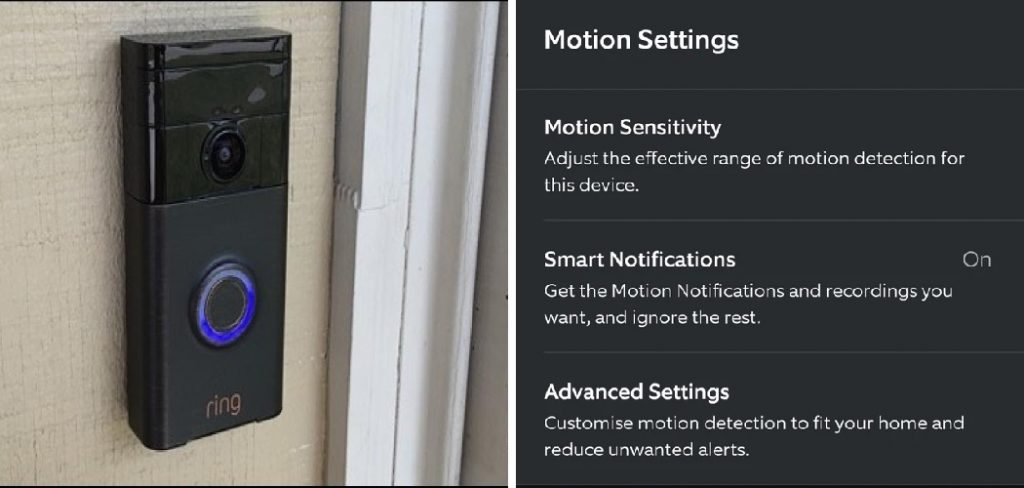
Whether you have just purchased a new ring and are struggling to get it to sit comfortably on your finger or simply want to tweak an old favorite, we’ve got you covered. So grab your beverage of choice, sit back, and dive into how to adjust ring sensitivity to the world of ring sensitivity adjustments.
Necessary Items
To adjust ring sensitivity, you will need a few essential items that can be easily found at home or purchased at your local jewelry store. These items include:
- Ring Mandrel: This tool is used to measure ring sizes and adjust the size of rings.
- Rubber Mallet: A soft rubber mallet is necessary to hammer the ring onto the mandrel gently. This will ensure that the call is not damaged during the adjustment process.
- Ring Sizer: A ring sizer is a thin plastic or metal strip with various sizes marked on it. This will help determine the current size of your ring and how much it needs to be adjusted.
- Pliers: These are optional but can come in handy for making minor adjustments to the shape of the ring.
10 Steps on How to Adjust Ring Sensitivity
Now that you have all the necessary items let’s get into the step-by-step process of adjusting your ring sensitivity:
Step 1: Measure your Ring Size
Place your ring on the mandrel and gently tap it with the rubber mallet until it sits comfortably at its widest point. Take note of the number or letter indicated on the mandrel.
Step 2: Determine how much to Adjust
Using the ring sizer, determine how much you need to adjust your ring. This will depend on whether you want it to fit tighter or looser on your finger. Keep in mind that adjusting the size too much can cause the ring to become weak and eventually snap.
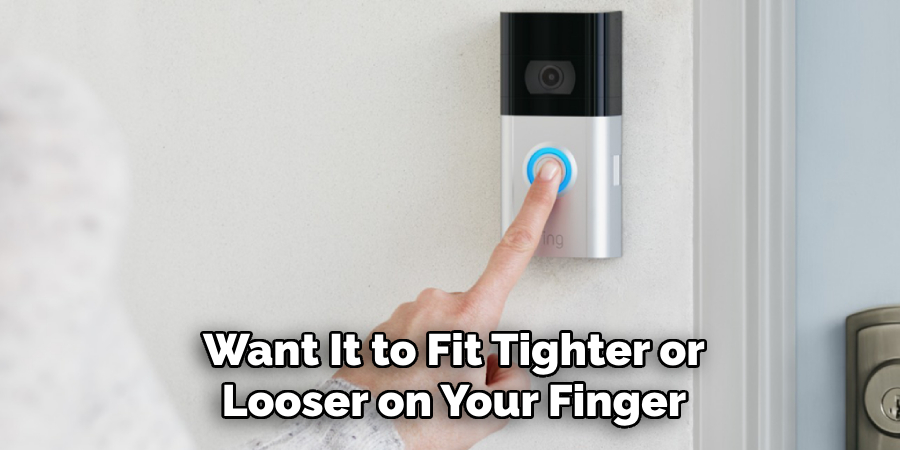
Step 3: Prep your Ring
Use a soft cloth or tissue to polish your ring and remove dirt or oils. This will make it easier to work with and ensure it doesn’t slip off during adjustment.
Step 4: Adjusting the Ring
Place the ring back on the mandrel and gently tap it with the rubber mallet. Use a pliers to bend the ring slightly to make minor adjustments. If the ring is too loose, use pliers to squeeze the sides together gently, and if it’s too tight, gently pull the sides apart.
Step 5: Test the Fit
Once you have adjusted, try on your ring and see how it fits. Keep making minor adjustments until you get the desired fit.
Step 6: Make Final Adjustments
If you are satisfied with the fit, gently tap the ring into its final shape with the rubber mallet. This will help ensure it stays in place and doesn’t fall apart easily.
Step 7: Check for Comfort
Ensure the ring is not too tight or loose and doesn’t cause any discomfort. If it does, make minor adjustments until it feels right.
Step 8: Clean and Polish
After adjusting your ring, use a jewelry cleaner or warm water and soap to clean it. This will remove any dirt or residue accumulated during the adjustment process.
Step 9: Dry Thoroughly
Use a soft cloth to dry your ring entirely before wearing it again. This will prevent any water spots from forming on the metal.
Step 10: Enjoy your New and Improved Ring!
Congratulations, you have successfully adjusted your ring sensitivity! Put it back on and show it off to everyone. Now you can wear it comfortably without any worries.
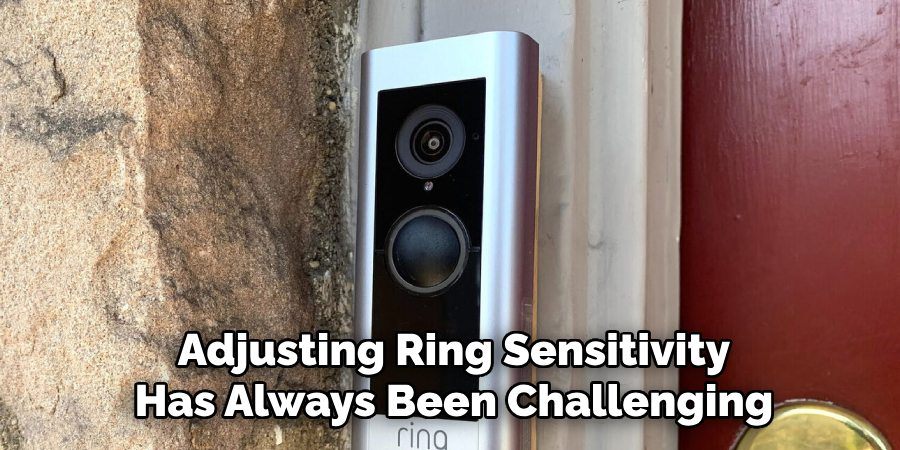
Adjusting ring sensitivity has always been challenging with these simple steps. Remember to take your time and make minor adjustments until you get the desired fit and comfort. With patience, you can now enjoy wearing all your rings without slipping off or causing discomfort. So go ahead and try it out for yourself; we’re sure you’ll love the results!
8 Things to Avoid when Adjusting Ring Sensitivity
While adjusting ring sensitivity is a simple process, there are a few things that you should avoid to prevent any damage to your rings or potential injuries. These include:
1. Avoid Using Excessive Force
When using the rubber mallet or pliers, it’s essential to use gentle force and not to hit or squeeze too hard. This can cause the ring to become weak and eventually break.
2. Don’t Adjust Rings with Stones
If your ring has stones on it, it’s best to avoid adjusting it yourself, as this can cause the stones to loosen or fall out. It’s best to take it to a professional jeweler for any adjustments.
3. Don’t Rush
Take your time when adjusting your ring, and make minor adjustments at a time. Rushing can lead to mistakes and potentially damage the ring.
4. Avoid Using Metal Tools
Using metal tools on your rings can cause scratches or other marks that may be difficult to remove. Stick to using soft rubber or plastic tools when making adjustments.
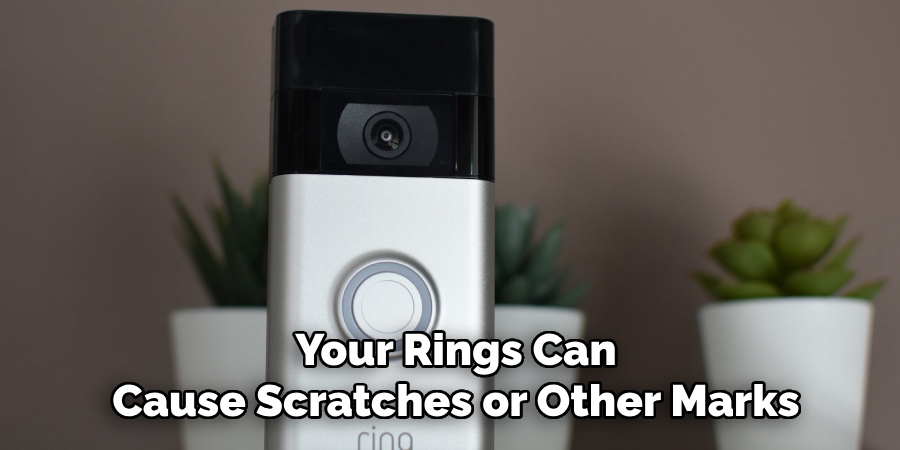
5. Don’t Adjust Rings with Engravings
Rings with engravings can be easily damaged during the adjustment process. It’s best to avoid adjusting these rings yourself and leave it to a professional instead.
6. Avoid Using Harsh Cleaners
Avoid using harsh chemicals or cleaners when cleaning your ring, as they can damage the metal or stones. Stick to using mild soap and warm water instead.
7. Don’t Adjust Rings with Thin Bands
Rings with thin bands are more delicate and should be handled with care. Avoid making too many adjustments to these rings, as it can cause them to snap.
8. Don’t Wear Rings in Extreme Temperatures
Avoid wearing your rings in extreme temperatures, as this can cause them to expand or contract, making it difficult to adjust them properly. Wait until the temperature has normalized before adjusting your ring sensitivity.
By avoiding these common mistakes, you can ensure that your rings stay in good condition and last long. Remember, it’s always best to take your call to a professional for any adjustments when in doubt. With these tips and techniques, you can now confidently adjust your ring sensitivity and enjoy wearing all your rings comfortably.
6 Additional Tips for Adjusting Ring Sensitivity
As a bonus, here are some additional tips to keep in mind when adjusting your ring sensitivity:
1. Consider the Metal Type
Different metal types have different malleability levels and may require different adjustment techniques. For example, gold is easily adjustable, while titanium may be more difficult.
2. Be Mindful of Gemstones
If your ring has gemstones, it’s essential to take extra care when adjusting it. Too much pressure can cause the stones to loosen or fall out.
3. Take Breaks
Adjusting a ring can be tedious, so feel free to take breaks if you need them. This will help prevent any frustration and ensure that you make accurate adjustments.
4. Use a Ring Mandrel
A ring mandrel is a tool specifically designed for shaping and resizing rings. Using one can make the adjustment process smoother and more precise.
5. Always Test the Fit
Try on your ring after every adjustment to ensure it fits comfortably and doesn’t cause discomfort. This will save you from having to make multiple adjustments.
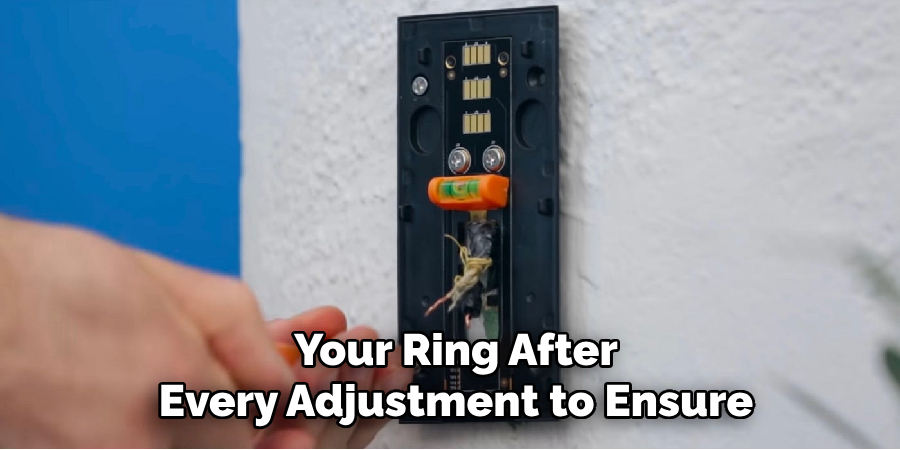
6. Seek Professional Help
If you need more clarification about adjusting your ring or feel uncomfortable doing it yourself, it’s always best to seek professional help. A jeweler will have the expertise and tools to make accurate and safe adjustments to your ring.
A Frequently Asked Questions on Adjusting Ring Sensitivity
Here are some common questions and answers related to adjusting ring sensitivity:
Can I Adjust the Size of Any Type of Ring?
Yes, you can adjust the size of most rings as long as they are made of a metal that is malleable enough to bend without breaking. However, rings with stones or engravings may require professional adjustments to avoid damaging them.
How Often Should I Adjust My Ring Sensitivity?
It’s best only to adjust your ring sensitivity when necessary, as frequent adjustments can weaken the metal and cause it to break. If you notice your ring constantly slipping off or causing discomfort, it might be time for an adjustment.
Can I Adjust My Ring Sensitivity at Home?
Yes, you can adjust your ring sensitivity at home if you have the right tools and are careful. However, if you need more confidence or are comfortable doing it yourself, it’s best to take it to a professional jeweler for adjustments.
How Do I Know If My Ring Is Too Tight or Loose?
A too-tight ring will be intricate to slide off and may cause discomfort, while a too-loose call will constantly fall off. Finding the right balance of snugness for your crew is essential to ensure comfort and prevent it from slipping off.
What Should I Do If My Ring Becomes Too Loose Over Time?
If your ring has become looser over time, you can use the abovementioned techniques to adjust it to its original size. However, remember that frequent adjustments may weaken the metal and cause it to break. So, getting a new ring or having it professionally resized if necessary is best.
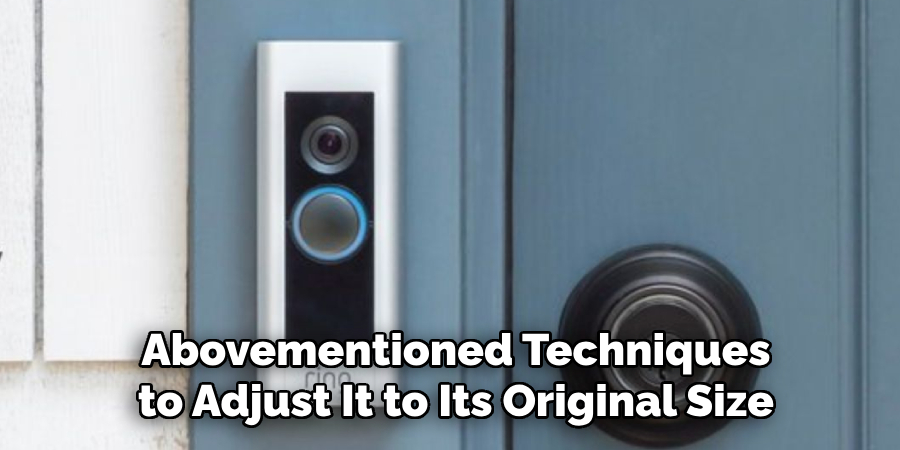
Conclusion
In conclusion, adjusting the ring sensitivity of your device is a simple yet essential step in ensuring a smooth and personalized user experience. By following the steps on how to adjust ring sensitivity outlined in this post, you can now customize your device to your liking and avoid any unnecessary distractions or annoyances.
Whether you prefer a subtle notification or a constant buzz for every message, knowing how to adjust the ring sensitivity will allow you to honestly make your device your own. So, take the time to experiment with different sensitivity levels and find what works best for you.
About
Safety Fic is a distinguished figure in the world of Diy design, with a decade of expertise creating innovative and sustainable Diy solutions. His professional focus lies in merging traditional craftsmanship with modern manufacturing techniques, fostering designs that are both practical and environmentally conscious. As the author of diy, Safety Fic delves into the art and science of Safety Fic-making, inspiring artisans and industry professionals alike.
Education RMIT University
(Melbourne, Australia) Associate Degree in Design (Safety Fic) Focus on sustainable design, industry-driven projects, and practical craftsmanship. Gained hands-on experience with traditional and digital manufacturing tools, such as CAD and CNC software.
Nottingham Trent University
(United Kingdom) Bachelor’s in diyfastly.com and Product Design (Honors) Specialized in product design with a focus on blending creativity with production techniques. Participated in industry projects, working with companies like John Lewis and Vitsoe to gain real-world insights.
Publications and Impact
In diy, Safety Fic his insights on indoor design processes, materials, and strategies for efficient production. His writing bridges the gap between artisan knowledge and modern industry needs, making it a must-read for both budding designers and seasoned professionals.
